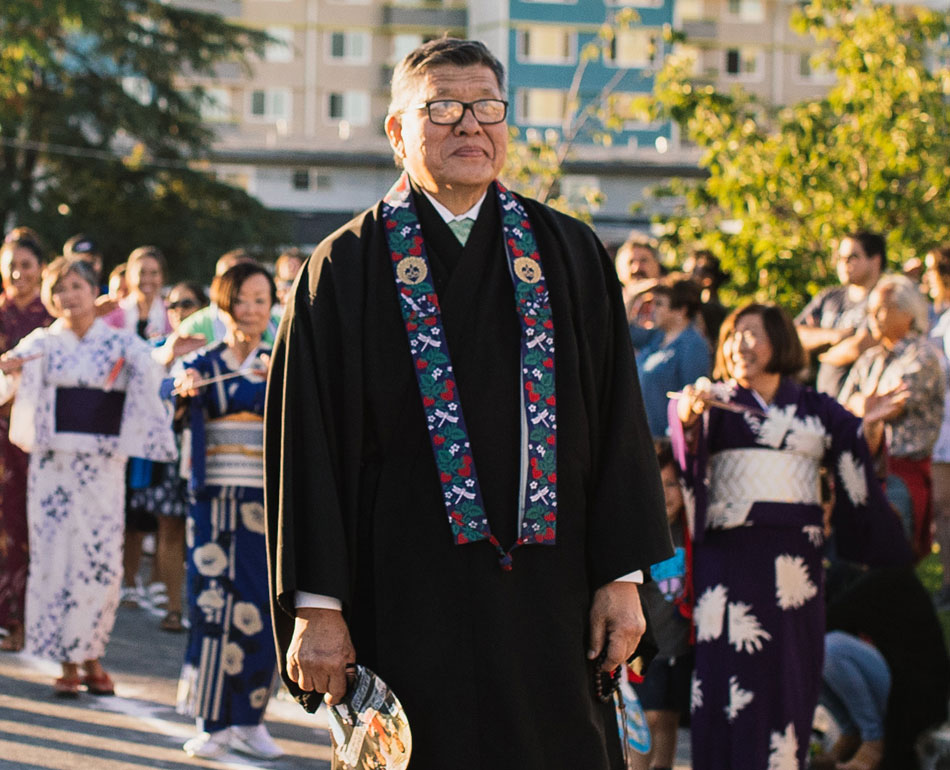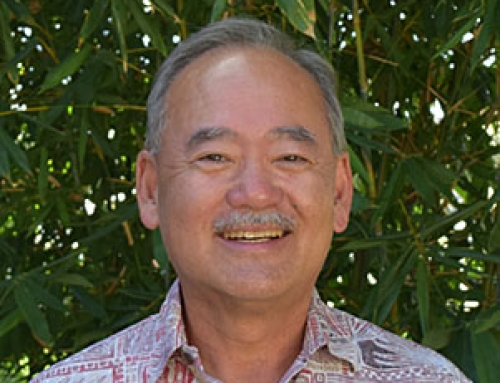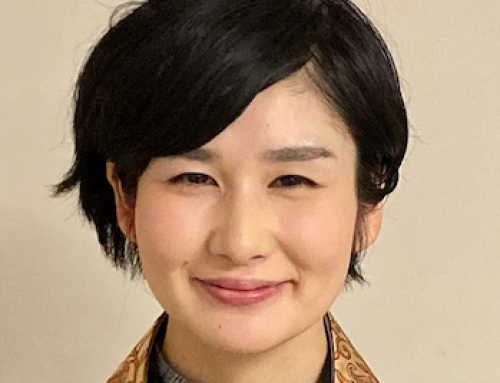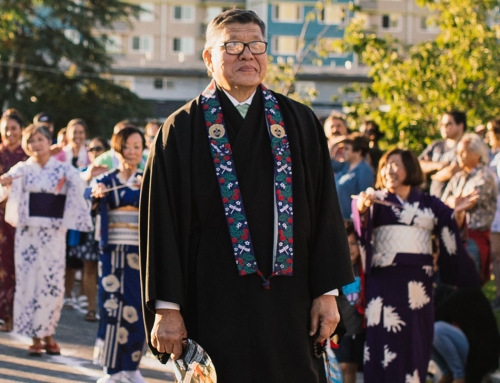We observe two Ohigan services each year. One in spring and one in fall. Each service coincides with an equinox. The equinox is when the length of day and night are equal. Ideally a time for everyone to take stock and pay more attention to the dharma.
The practice of observing Ohigan was begun by Emperor Shomu in the 8th century. Higan is the Other Shore, Enlightenment. During the time of Ohigan, Shomu wanted everyone to be able to think about and observe practices that would lead to the Other Shore. Monks and laypeople alike were encouraged to think about the Other Shore.
It has been 1,300 years since the observance of Ohigan began. During that time many changes have occurred. Changes not to the core of Buddhism but to the understanding of the paths to realizing its central concern. As in the previous 1,300 years the expression of Buddhism continued to adapt and be transformed. In different cultures, in different circumstances Buddhism rose to meet the needs of those who sought a way to move from samsara to nirvana. Religious practitioners and teachers examined and re-examined, questioning the effectiveness of their understanding. With the spirit of Shakyamuni’s instructions “to seek out your salvation with diligence.” they challenged their understanding of the dharma.
Shinran also questioned his ability to follow the prescribed paths. His departure from Hieizan expressed his recognition of his inability to resolve the difficulties he experienced and saw in his world. When he left he was not critical of the schools of Buddhism on Hieizan. This is clearly recalled by Yuien in the second chapter of the Tannisho. CWS 662 His decision to leave was a choice he made to find a way that he could follow. Precisely following the instructions of Shakyamuni.
Perhaps we too must re-examine our understanding of Ohigan not because it is old but because of the understanding of the Dharma that Shinran introduced. He recognized his inability to fulfill the practices that would cultivate the mind free of prejudice but realized that the necessary work was already done by Amida. That because of the work of Amida he too would be able to resolve the difficulties he caused and experienced. He too would be able to realize the resolution of difficulties.
Perhaps our understanding of Ohigan could be our reflection on the impossibility of fulfilling the Six Paramita and deepening our gratitude to Amida for the assurance of the resolution of difficulties.




